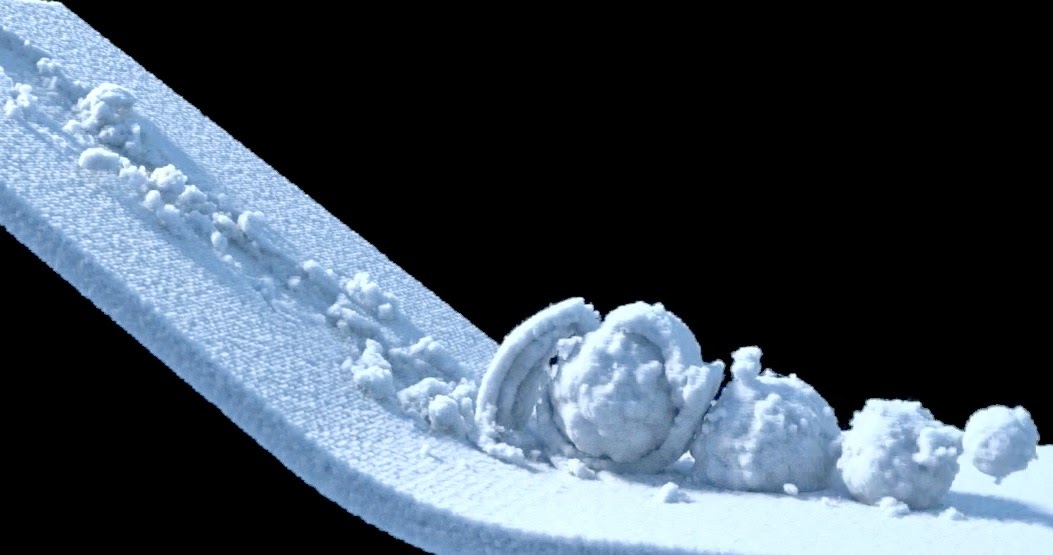I'm looking down the road a few weeks to when my 7th grade class begins a long haul with Ratios and Proportions. (Stretching and Shrinking, Comparing and Scaling for those using the CMP books!) It makes sense that we will spend a lot of time on this unit because it's what the CCSS emphasize as the fundamental skills in 7th grade, and what we should build all 7th grade learning around. For that reason, I suspect many of my posts in the next few weeks will be around proportional thinking. (And I'll be going back to some of my others, such as the FitBit post, the Treadmill post, etc.)
We participate in the BIC program, Breakfast in the Classroom, so I can't make this one a hands-on activity, but I would sure LOVE to. I'm finding that BIC (while I support it in theory) is going to force me to change my style of "bribing" kids to get engaged because of all the food I like to incorporate. :) Anyway, here we go!
Grade Level: 6-8
Course: Math, Pre-Algebra
Standards: 6.RP.1, 6.RP.2, 6.RP.3, 7.RP.1, 7.RP.2,
SMP: MP1, MP2, MP3, MP4, MP6
Skills:Writing ratios, analyzing ratios, analyzing proportional relationships, solving proportions, using proportions in the real world, solving for missing values using proportions
How to use this as a mad minute:
I've taken to noting that each of these not only depends on the amount of time you are willing to commit to a given activity, but also to note the proficiency level of your students. I say this because I'm working with a population of students that is causing me to shift my thinking about what a "warm up" might look like, due to lower levels of proficiency, language challenges, etc. For a quick check in, 60 seconds or so, I would ask:
- What is the unit rate for mix, milk and eggs for 1 pancake?
How to use this as a warm up:
The above question would also work well for a warm up, if that is the skill you've been working on. However, I might ask the students to find the ingredients needed for a simple number of pancakes in order to highlight proportional reasoning and multiplicative relationships:
- How much mix would I need for 28 pancakes?
- How many pancakes would 6 eggs make? What about 7 eggs?
How to use this as a mini-lesson?
As you may have discovered reading other posts, I usually find images that catch my eye because I am skeptical. So my first thought was, does it make sense for this box of pancakes to make that many pancakes? Is this truly in "scale" or proportion? I would ask my students, is this in proportion? If so, how many cups does the entire box hold?
- Note, I don't think it is! If we use the eggs as a guide, the recipe is scaled by a factor of 9, but 9 times 1 cup is 9 cups, which is not 3Q. (A great way to work on unit conversions! Have you seen the "big G" conversion chart? I love it!) (Here's one place I found the image.)
- If we also use the factor of 9, the box would contain 18 cups of mix, which I would assume is more of a "Costco" size box, not what we see here.
- Finally, a scale factor of 9 would make only 126 pancakes, not 155.
- If we use the milk as our guide, the SF is 12. That would mean we need 24 eggs and 24 cups of "mix". That should also make 336 pancakes. Hmmm.....

How to use this as a full lesson?
I don't think this could be used as a full lesson, but it depends on your students. If you choose to use it, I would extend the warm up and mini-lesson into a full discussion AS WELL as setting aside time for students to present rebuttals and/or corrections to the "recipe." A great interdisciplinary connection would be having the students write the company (can we tell which company this is based on the colors? I think so.) with their discoveries. I suspect that the company might respond with some coupons or other "swag"!!
How to use this as an assessment?
Any one of the questions listed above would be perfect to use as an exit slip, a mini-quiz or an assessment question!
Please feel free to use any of these ideas and modify them to meet your needs. However, please acknowledge the original source of the items and my own lesson outlines. ©NatalieRSprigg 2014






